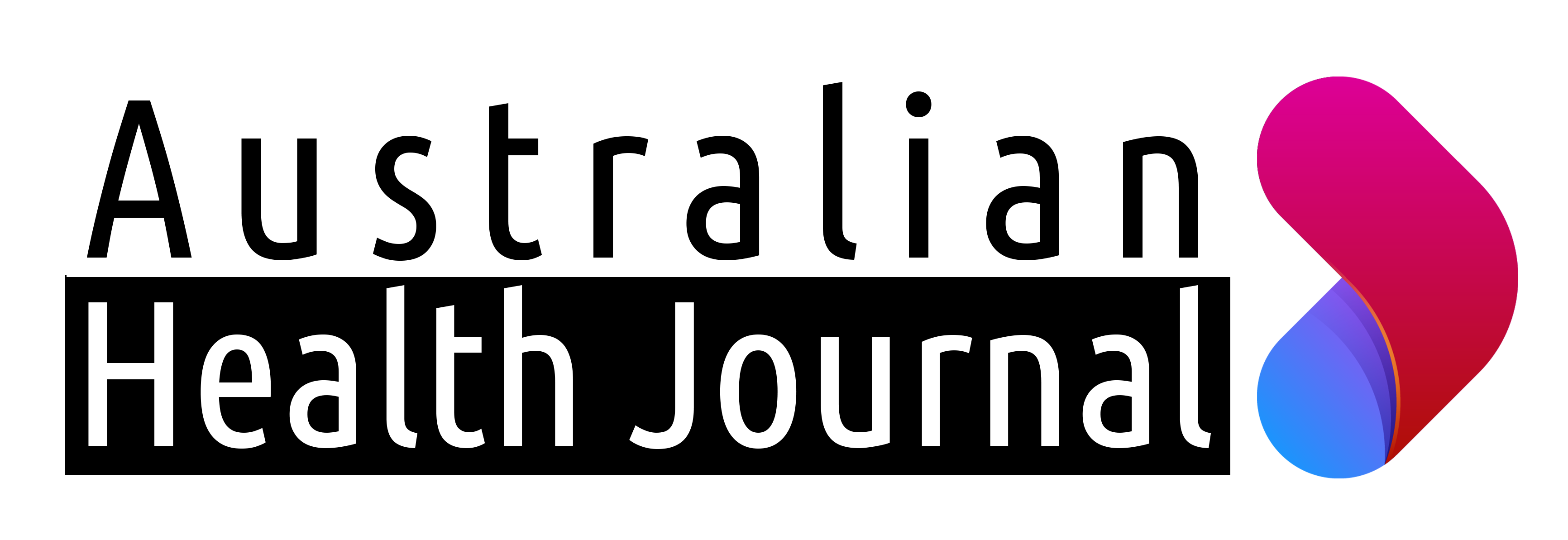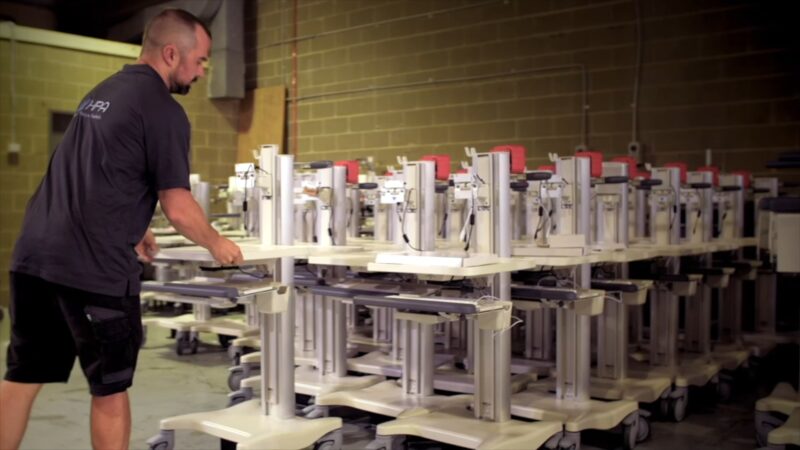Health Career Pathways
How I became an Emergency Physician
with Dr Kim Hansen
Dr Kim Hansen was initially attracted to emergency medicine because of its dynamic and chaotic environment. She enjoyed organising the chaos of the emergency department and working with a variety of patients, from newborn babies to centenarians. Dr Hansen found it fulfilling to help people get better or provide them with assistance and guidance when they couldn’t be cured. The unpredictability of the work was also part of the appeal, and she dedicated herself to developing the skills required to be a good emergency doctor.
To prepare for this role, the Dr Hansen worked in various specialties, including intensive care, paediatrics, anaesthesiology, general medicine, and infectious diseases. She also served as a board member and Chair for the Emergency Medicine Foundation and contributed to the Australasian College for Emergency Medicine in numerous ways, such as advancing women in emergency medicine and promoting patient safety and quality.
Dr Hansen acknowledges that emergency medicine can be a challenging field, as it involves shift work and can be emotionally taxing. However, she remains passionate about what she does to continue to contribute to her department, hospital, and the broader field of emergency medicine. Dr Hansen encourages medical students and junior doctors who enjoy working in a fast-paced, unpredictable environment to consider emergency medicine as a career.
Reflecting on her experience and career pathway, emergency medicine offers a broad range of opportunities, from working in a hospital emergency department to pre-hospital care, retrieval coordination, virtual healthcare, and other specialties such as intensive care, palliative care, or sports medicine. Dr Hansen sees emergency physicians as a cohesive group who support each other and enjoy each other’s company, and the field offers great mobility and work-life balance.
You Might also like
-
The world of AI avatars in dementia care
Dementia care is one of the critical issues facing the aged care industry. About 500,000 Australians currently live with the brain disorder condition, and this is tipped to rise to 1.1 million in a generation.
How to effectively provide quality care for people living with dementia was a key element of the royal commission into aged care, which found the complex care required was an ongoing challenge for the industry.
-
Addressing Pharmacy challenges at home and abroad
Paul Sinclair’s progression through the ranks of the International Pharmaceutical Federation (FIP) demonstrates the impact and influence he’s had in representing the pharmacy profession on a global scale. In this Australian Health Journal interview, Paul talks about the 4 themes in the upcoming FIP Congress in Brisbane this month. He also talks about the challenges facing pharmacy with remuneration, professional service delivery and the workforce coming out of the COVID era.
-
Founder makes mobility reality
Shawn Wigham as Managing Director of Hospital Products Australia (HPA), runs a successful business providing equipment to Australia’s health care teams in aged care, hospitals and day-hospital procedure centres.
But what most may not be aware of, is his rapid growth since starting the business in 2013 having just been in health care a few years earlier. Being part of a 2nd generation health care family, Shawn learnt from his father on site and at trade show visits overseas. Prior to HPA, he spent 2 years working in fit-outs of operating theatres, neo-natal and general population ICU, throughout being more fascinated with what he saw.


